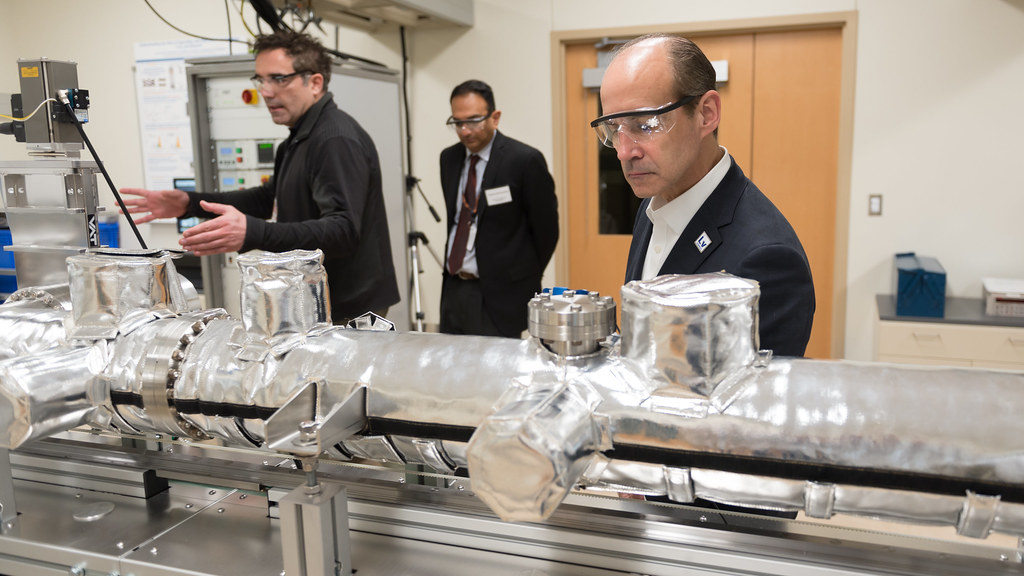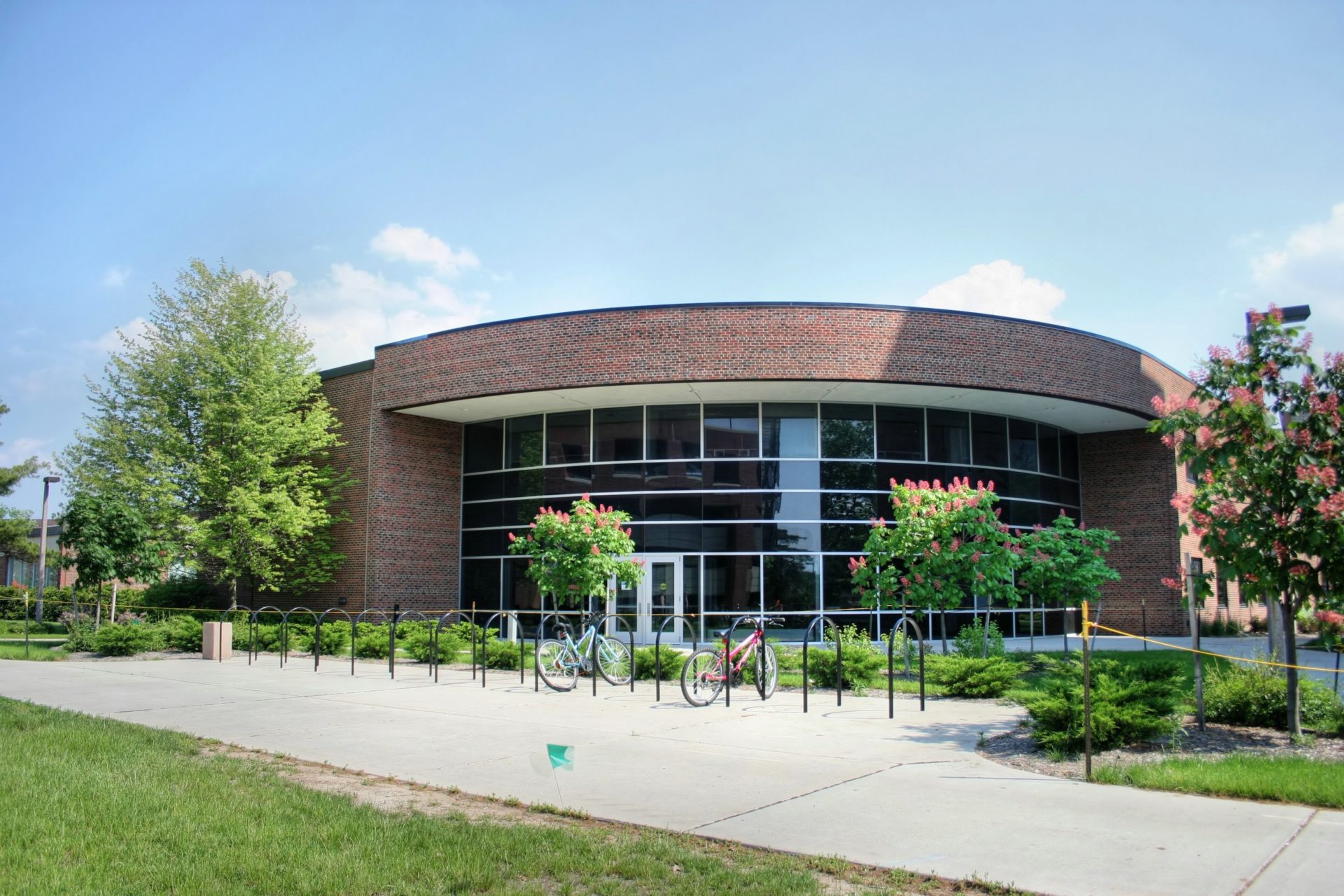The National Superconducting Cyclotron Laboratory (NSCL) is America’s premier rare isotope facility, serving more than 1,000 researchers from around the world, enabling them to explore the inner workings of atoms and their role in the universe. NSCL provides rare beams of rare isotopes, including new research capabilities with stopped and reaccelerated beams.NSCL was the nation’s largest nuclear science facility on a university campus. Funded primarily by the National Science Foundation and MSU, the NSCL operated two superconducting cyclotrons.

NSCL was the nation’s largest nuclear science facility on a university campus. Funded primarily by the National Science Foundation and MSU, the NSCL operated two superconducting cyclotrons. The lab’s scientists investigated the properties of rare isotopes and nuclear reactions. In nature, these reactions would take place in stars and exploding stellar environments such as novae and supernovae. The K1200 cyclotron was the highest-energy continuous beam accelerator in the world (as compared to synchrotrons such as the Large Hadron Collider which provide beam in “cycles”).
The laboratory’s primary goal was to understand the properties of atomic nuclei. Atomic nuclei are ten thousand times smaller than the atoms they reside in, but they contain nearly all the atom’s mass (more than 99.9 percent). Most of the atomic nuclei found on earth are stable, but there are many unstable and rare isotopes that exist in the universe, sometimes only for a fleeting moment in conditions of high pressure or temperature. The NSCL made and studied atomic nuclei that could not be found on earth. Rare isotope research is essential for understanding how the elements—and ultimately the universe—were formed.
NSCL together with the FRIB Project comprises the FRIB Laboratory, the equivalent of a college, at Michigan State University. The FRIB Laboratory aspires to become the world’s leading laboratory for education and research in rare isotope science, in accelerator science, and in applications of rare isotopes to meet societal needs.
According to en.wikipedia.org; frib.msu.edu. Source of photos: internet








